Valuations
Curator Allison Glenn Embraces Simple Pleasures and Art That Pushes the Boundaries of Public Space
We asked the curator and writer what she values most in art and life—and why.
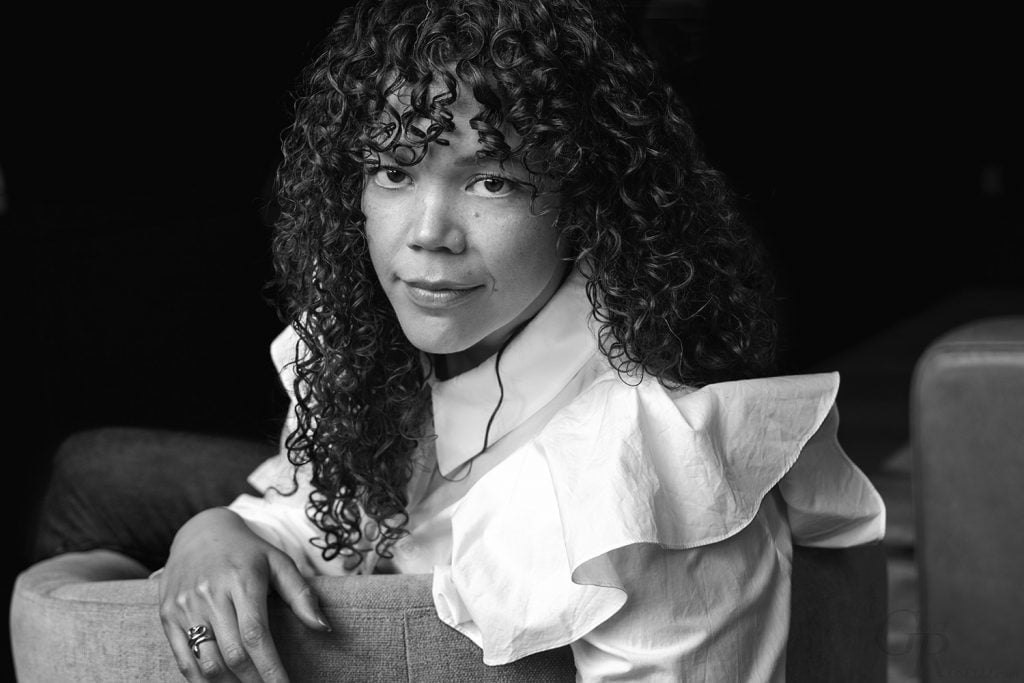
We asked the curator and writer what she values most in art and life—and why.

Katie White

So much of the art world orbits around questions of value, not only in terms of appraisals and price tags, but also: What is worthy of your time in These Times, as well as your energy, your attention, and yes, your hard-earned cash?
What is the math that you do to determine something’s meaning and worth? What moves you? What enriches your life? In this new series, we’re asking individuals from the art world and beyond about the valuations that they make at a personal level.
Curator Allison Glenn wants people to see the world around them with fresh eyes and a sense of inspiration, whether that’s in New York, Paris, or small-town America. “There are many centers,” she said. In pursuit of this goal, Glenn has taken on roles as co-curator of the Counterpublic Triennial in 2023, senior curator at New York’s Public Art Fund, guest curator at the Speed Art Museum, and associate curator of Contemporary Art at Crystal Bridges Museum of American Art. In these capacities, she has strived to expand and elevate the intersection of art and public space with projects that underscore this dynamic convergence.
But her passions extend far beyond the art world The curator cultivates pleasures from the small and simple to the splurge-worthy. A good hair day and a new outfit can’t be overvalued, she said. Meanwhile, she’s also saving up for another trip to the Aegean Sea and a Michelin-star meal.
Currently, Glenn is busy organizing “Sovereign Futures” a three-day symposium (April 5–7, 2024) at the University of Tulsa that will unfold over time and in multiple locations, at the invitation of the artist Rick Lowe. “Sovereign Futures” will bring together leading artists, academics, and curators to consider the concept of sovereignty through the lens of contemporary practices.
Recently, we caught up with Glenn who told us what she values most in art and life—and why.
What is the last thing that you splurged on?
A five-course prix fixe vegetarian lunch with a wine pairing at La Table du Collete in Paris. The well-known secret to Michelin-star eating in Paris is to book at lunch, as reservations are much more accessible. At around the fourth course, as we were struggling to finish our plates, our server started teasing us that we were the only table in the restaurant that couldn’t manage the courses! It’s honestly the best meal I’ve ever eaten.
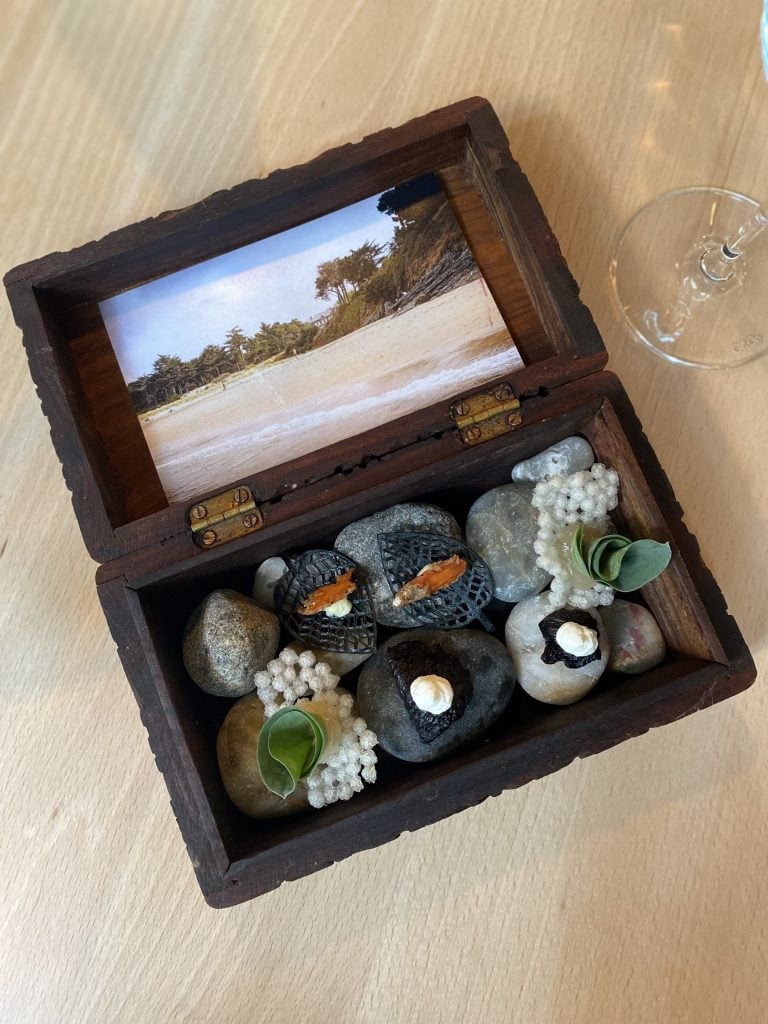
Amuse bouche at La Table du Collete in Paris. Photo courtesy of Allison Glenn.
What is something that you’re saving up for?
Retirement and travel. Women aren’t taught as much about investing, and I used to be scared to even try. But now that I’ve gotten over the fear, I’ve been educating myself on the different ways to plan for my future while building my business.
The opportunity and privilege to travel is one that will always be important to me. Recently, I spent a few days in Athens, Greece, visiting the current ARCAthens residents, curator Deniz Kirkali and artist Carla Maldonado. I’m on the board of ARCAthens, and I cannot recommend the residency enough. Previous participants include curators Miranda Lash and Anita Bateman, and visual artists Tomashi Jackson, Le’Andra LeSeur, and Tariku Shiferaw.
While there, I made time to go to the beach and wade in the Aegean Sea. I always find inspiration in the places where water meets land.
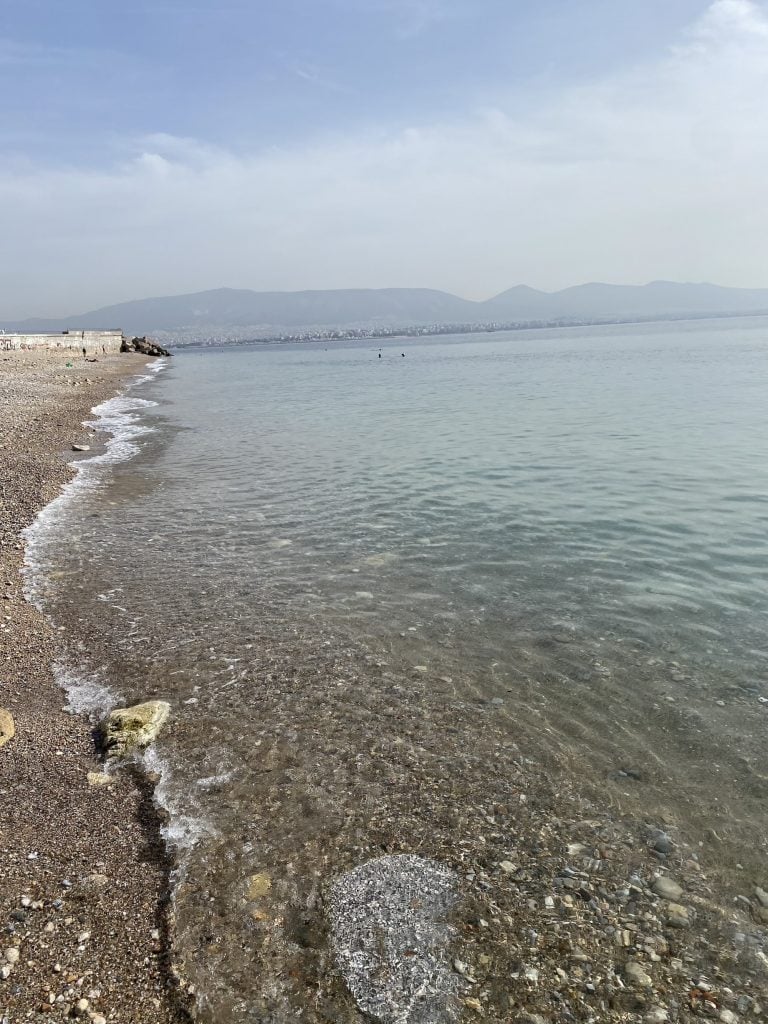
Glenn is saving up for a trip back to the Aegean Sea. Photo courtesy of Allison Glenn.
What would you buy if you found $100?
Spanish lessons with my tutor. I learned Spanish in grade school, but then studied Italian for four years, so my brain often switches between the two when I’m trying to confidently speak. It can be a real challenge!
It’s important to be adaptable in this world. Spanish is the future, and I want to be present for it. It’s a slow process, but with intention, I hope to be trilingual one day.
What makes you feel like a million bucks?
Let’s be honest, a great hair day and perfect outfit will always make me feel incredible!
I’ll also add in good sleep, great food, starting each day with a daily meditation practice, and staying hydrated. Recognition from my peers and colleagues is also very important to me, and being acknowledged for the work that I contribute to the field is truly gratifying.
What do you think is your greatest asset?
My creativity and unending desire to learn. I love building things, and finding unique ways to approach a project or exhibition.
What do you most value in a work of art?
When the material and aesthetic choices anchor the conceptual. I’m so moved by site-specificity, and value when a work of art considers both audiences and the environment in which it is situated.
I also value the vulnerability that goes into making work and exhibiting it publicly. I would argue that we don’t talk about this enough—artists are often in the arena, taking risks. I deeply admire the ability, and desire, to put themselves out there.
Who is an emerging artist worthy of everyone’s attention?
Where do I start? There are so many!
Joanna Keane Lopez, who is a New Mexico-based artist and painter who learned adobe techniques through apprenticeships with older women plasterers. In 2020, I commissioned A dance of us (un baile de nosotros) as part of State of the Art at the Momentary in Bentonville, Arkansas, and have watched her career just blossom since.
While in Paris, I had the chance to experience a performance as part of Raphaël Barontini‘s We Could be Heroes (2023), a site-specific installation at the Pantheon that included a sound piece composed by Mike Ladd and a collaborative procession by Mas Choukaj that honored the historical figures depicted in Barontini’s installation. It was a momentous occasion.
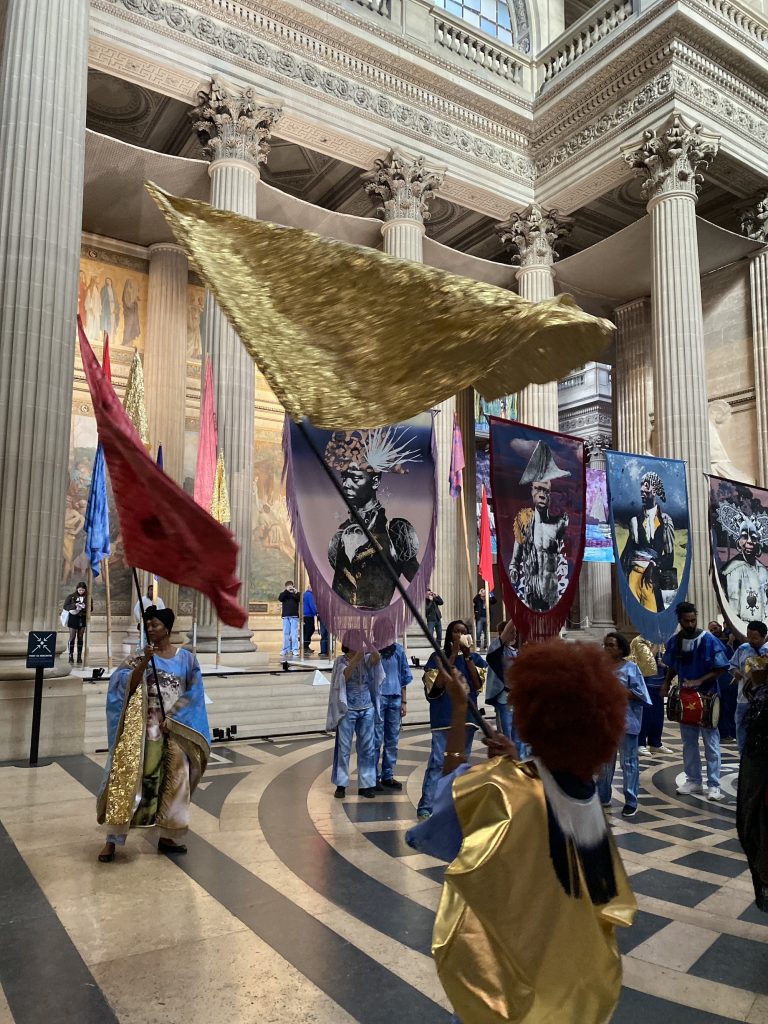
Artist Raphaël Barontini’s We Could be Heroes (2023). Photo courtesy of Allison Glenn.
Who is an overlooked artist who hasn’t yet gotten their due?
Again, there are too many to list. George Sanchez-Calderon, who I had the opportunity to commission a work from while at Crystal Bridges.
Cristina Molina, Kellie Romany, the sculptor Frances Bagley, Azza El Siddique, Tia-Simone Gardner. The list could go on endlessly…
What, in your estimation, is the most overrated thing in the art world?
Believing that the center of the country is the periphery and that the periphery is the center. There are many centers in the [art] world.
My current work with “Sovereign Futures,” for example, is taking me to Tulsa, where I am working with a team to present a constellation of artists’ projects and performances that provoke dialogues on sovereignty through the lens of contemporary practices. This three-day convening of leading artists, academics, curators, and minds will unfold over time and in multiple locations.
Curatorial advisors to the project include Kalyn Fay Barnoski (Cherokee Nation enrollee, Muscogee Creek descent), the assistant curator, Native American Art, Philbrook Museum of Art; visual artist Yatika Starr Fields (Cherokee, Muscogee Creek, Osage); Caleb Gayle, Professor, Northeastern University, School of Journalism and Contributing Writer, New York Times Magazine; interdisciplinary artist Rick Lowe, co-curator, Greenwood Arts Project. This work wouldn’t be possible without Lowe and Jeff Van Hanken laying the groundwork with Greenwood Arts Project, and The University of Tulsa, George Keiser Family Foundation, and Bloomberg Philanthropies supporting the further development of these crucial dialogues.
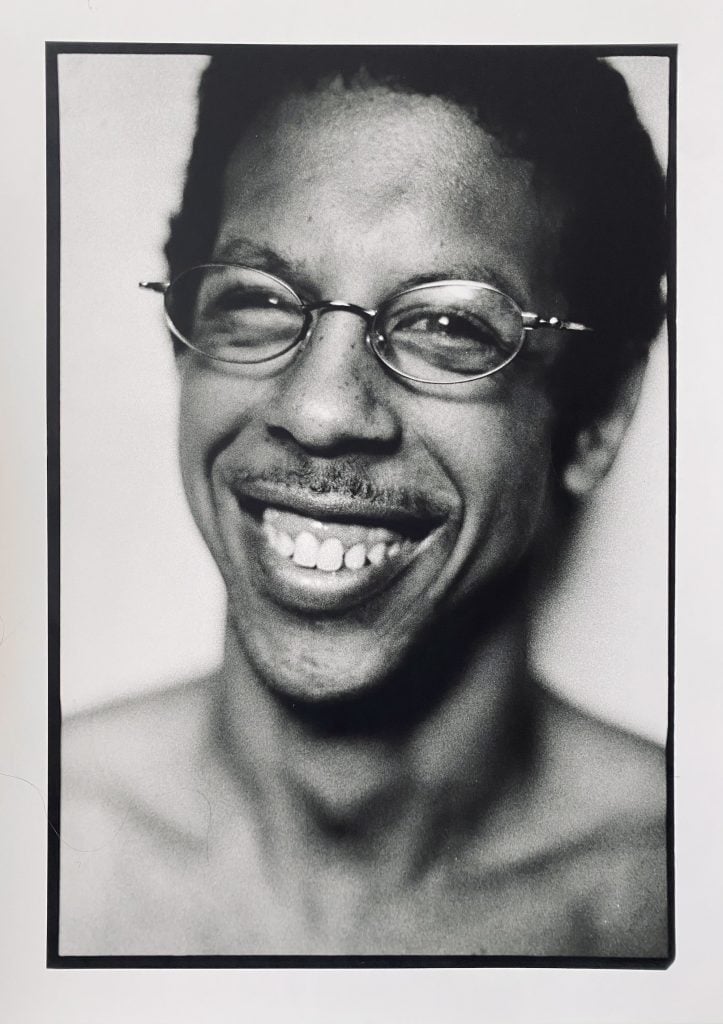
A treasured photograph of Glenn’s late brother. Photo courtesy of Allison Glenn.
What is your most treasured possession?
A series of black-and-white portraits of my late brother, which I took with a Minolta X7A film camera while studying photography in undergrad. I have one printed and framed in my home. Catching glimpses of his smile really anchors me, and reminds me of our deep connection.
What’s been your best investment?
Moving to New York. The city provides constant energy, and the arts community here has been so open, nurturing, and receptive. From the moment I moved here, I have felt very welcomed.
What is something small that means the world to you?
My collection of plants. I love caring for my house plants, propagating them, and nurturing them to grow, which is something I get from my mother. They bring such beauty and vibrancy to my home.
That and my morning oat milk matcha.
What’s not worth the hype?
Doing things the same way and expecting different results. New approaches, new results.
What do you believe is a worthy cause?
Equitably paying artists for their work.
What do you aspire to?
Big picture? Traveling the world, running another half marathon, commissioning the U.S. Pavilion at the Venice Biennale (one day…), or artistic directing an international triennial.
Day to day: commissioning dream artist projects. I’ve been lucky to work with real visionaries, which has resulted in collectively pushing ourselves to think expansively about what a public work or exhibition can do or be. I aspire to continue to do this meaningful work for the entirety of my career.